21 Interesting Facts About Oranges
Oranges are a hybrid fruit of pomelo and mandarin. Their DNA is about 25% pomelo and 75% mandarin. They are the largest and one of the most popular citrus fruits eaten worldwide. They are rich in nutrients, especially Vitamin C.
They have leathery and shiny orange skin, which gives them their name. The orange skin is called “orange peel”. Each orange has almost ten segments inside containing seeds that can grow an orange tree.
Oranges originated in Southeast Asia, and now they are grown worldwide. There are more than 600 kinds of oranges grown around the world.
A fun fact about oranges is that no other English word rhymes with orange. Well, not a well-known word anyway. There is a mountain range in Wales, Blorenge, that rhymes with orange! Let’s learn some more exciting facts about oranges.
Basic Orange Facts
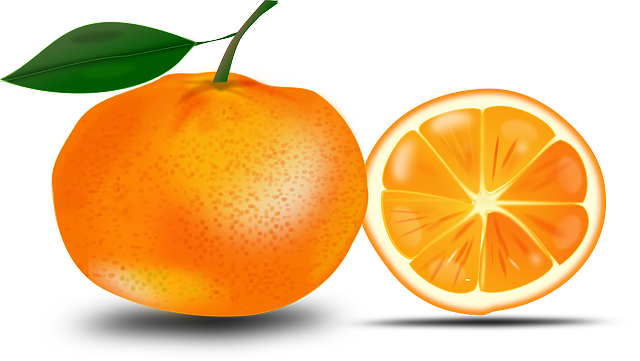
Name
The most widely grown variety of orange is called the sweet orange or common orange.
Latin Name
Each variety of orange has a different Latin name. Some of the most common species are-
- Sweet Orange (Citrus x sinensis)
- Mandarin Orange (Citrus reticulata)
- Tangerine (Citrus x tangerina)
Type of food
Orange is a type of citrus fruit that grows on evergreen trees. Other examples of citrus fruits are lemons and grapefruits. They are well-known for their sharp sour taste.
Size and weight

The size of an orange ranges from 2.5 to 4 inches in diameter. Therefore, it usually weighs between 2 to 10 ounces. Oranges have such a wide weight range due to the different sizes they grow in.
Color and Shape
Oranges are round orange-colored fruits. They can also be found oval in shape.
Total Calories
An orange provides almost 47 calories.
Total Fat
A single 5-ounce orange contains only 0.007 ounces of fat. So imagine how healthy your breakfast can be with oranges!
21 Interesting Facts About Oranges
- Oranges were first grown in southern China and parts of India around 4000 B.C. People first described the sweet orange in China in 314 B.C. Oranges have been famous since ancient times and are now found in all parts of the world. Today, there are more than 600 varieties of oranges grown.
- Oranges grow on evergreen flowering trees. These trees have a lifespan of over 50 years! Hence, an orange tree can provide its fruits to multiple generations.
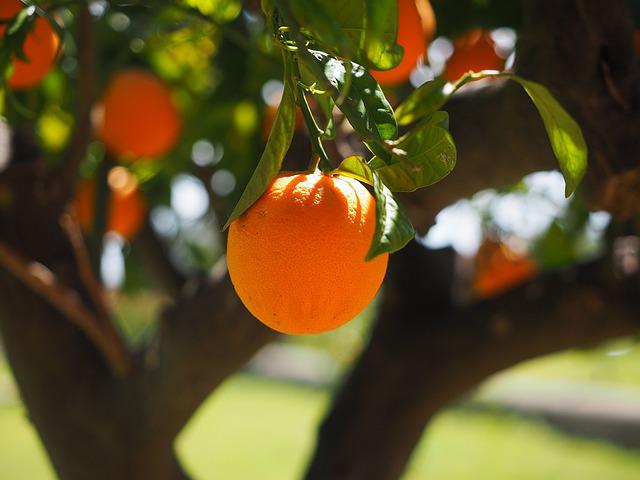
- Orange is just a modified berry! And just like other berries, oranges also have three fleshy layers with two or more seeds. They also develop from just one flower with one ovary.

Also Read: What is Pollination?
- The height of an orange tree can range from 16 to 50 feet. Oranges can grow even on shrubs or dwarf trees. These trees produce beautiful white-colored flowers with a lovely fragrance.
- Oranges contain more Vitamin C than any other fruit. Almost 88% of an orange is just Vitamin C! Vitamin C is essential for our body to grow, heal wounds, and fight infections. Thus, we should include oranges in our daily diet.

- The ideal conditions for growing oranges are present in areas with reasonable amounts of sunshine but moderate temperatures. It is also beneficial to grow oranges in regions with good moisture in the soil.
- Brazil is the largest producer of oranges. It grows one-third of all the world’s oranges. That’s why Brazil is called the orange production capital. It is followed by the United States of America, Mexico, and China.
- Around 85% of all oranges produced are used for their juice. Orange juice is the most popular fruit juice in the United States of America. It is often nicknamed as ‘OJ’. It also contains a high amount of Vitamin C.

- Florida is second in orange juice production worldwide. There are more than 74 million citrus trees in the citrus groves of Florida. The white orange flower is also the state flower of Florida. California, Arizona, and Texas produce these citrus fruits as well.
- Orange flowers are also known as ‘orange blossoms’. They are used in making perfumes due to their beautiful fragrance. These blossoms are also used for cake decoration and bouquets.
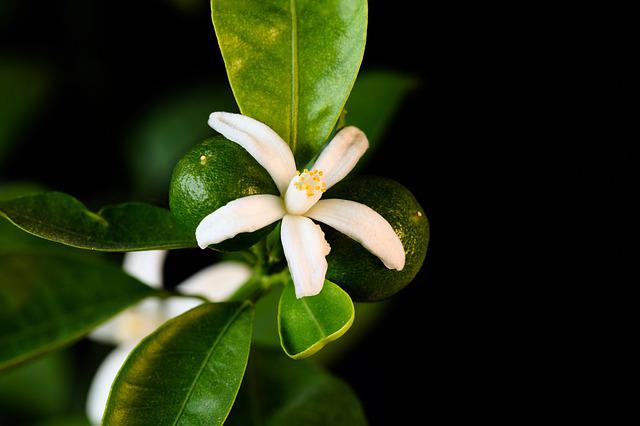
- The orange peel has various benefits as well. Gardeners utilize the peel to sprinkle over vegetables to repel slugs. It can also be dried and treated with sugar as an ingredient in cakes.
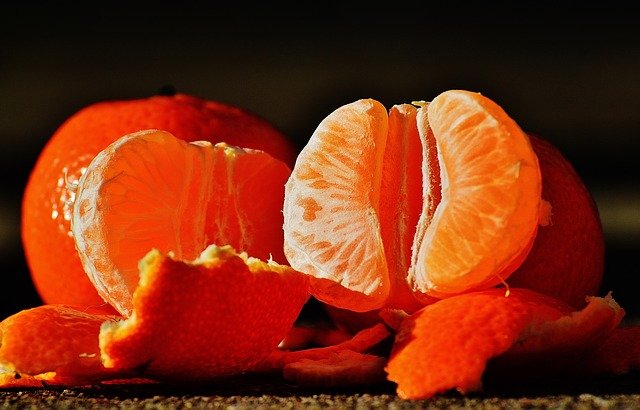
- Orange, the fruit, came before orange, the color. The color orange came about 200 years later than the fruit. It was referred to as ‘red-yellow’ or ‘yellow-red’ before. It is probably derived from the Sanskrit word ‘naarang’ for an orange tree. The color was called orange for the first time in 1502. People used it to describe a dress worn by Margaret Tudor, the Queen of Scotland.
- Oranges have a high resistance to diseases. Thus, they are more likely to be killed by lightning than plant diseases!
- Oranges owe their fame to sea voyagers. Traders and explorers carried oranges to include Vitamin C in their diet. This helped them to fend off scurvy, a deadly disease. Christopher Columbus was the first person to bring oranges to the United States of America in 1493.
- In many cultures, oranges are considered a symbol of love and marriage. Consequently, in many Christian countries, blood oranges are seen as a symbol of the death of Jesus.
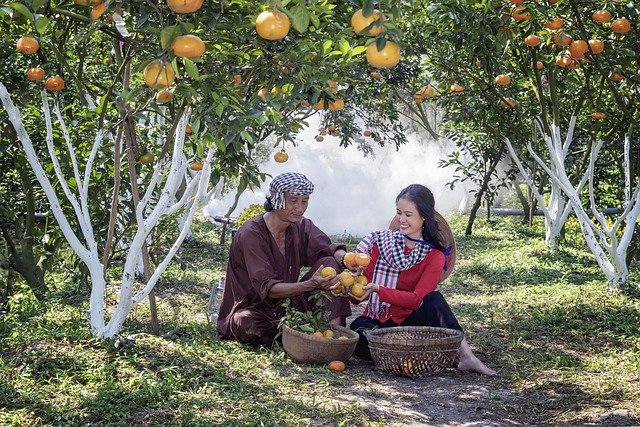
- Oranges are also used in making jams. Orange jam is also called marmalade, which is made by boiling oranges, water, and sugar together, including the fruit’s peel. Marmalade is famous in British countries, and it is often served with toast
- As oranges ripen, they turn green due to the absence of chlorophyll. The sun draws chlorophyll out of the fruit’s skin. Therefore, green oranges are, in fact, riper. They are sometimes treated with ethylene gas or even dyed to make oranges brighter in color.
- Sweet orange oil is obtained by pressing the orange peel. This oil is used for flavoring food and drinks. Orange oil is also utilized in detergents and hand cleansers to provide a pleasant smell.
- A whole orange can be used in cooking, including the orange peel. You can grate the orange skin to produce orange zest. You can sprinkle this zest on foods, including salads, soups, smoothies, noodles, etc.
- The fiber and nutrients provided by oranges are equal to the fiber provided by 7 cups of cornflakes! Oranges are also rich in Vitamin A, which is vital for better vision. Oranges also contain minerals such as calcium, magnesium, and copper, which help our body’s growth.
- Growing oranges requires a lot of water! It takes almost 40 gallons of water to produce a single orange. That’s equal to about 50 glasses of water. Soak that information in!
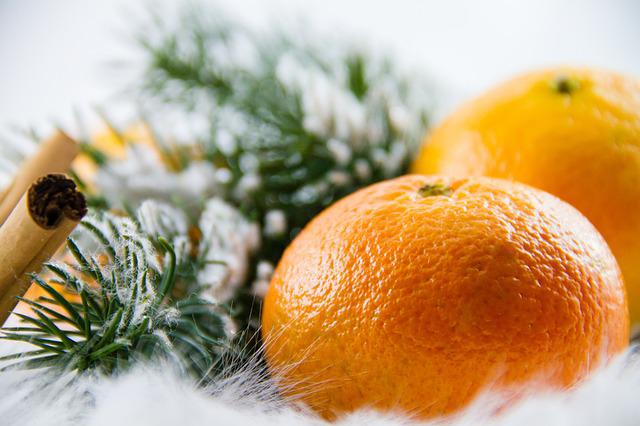
Also Read: Vanilla Facts For Kids
Conclusion
Oranges are a popular fruit found in different varieties worldwide. They are crucial to our body growth, and hence it is necessary to learn their importance. Furthermore, oranges have multiple benefits, such as being rich in potassium, fiber, and, most importantly, Vitamins C and A. Therefore, we should try to include an orange in our everyday diet.
